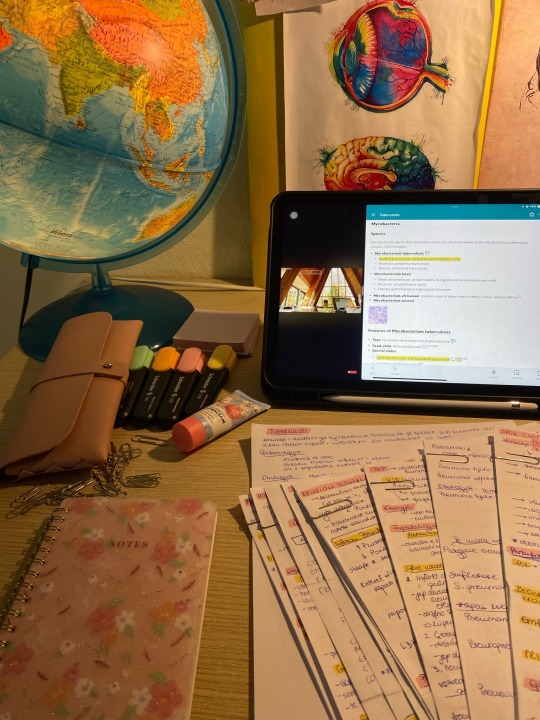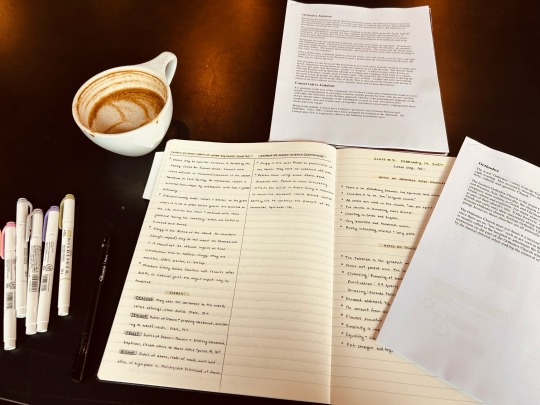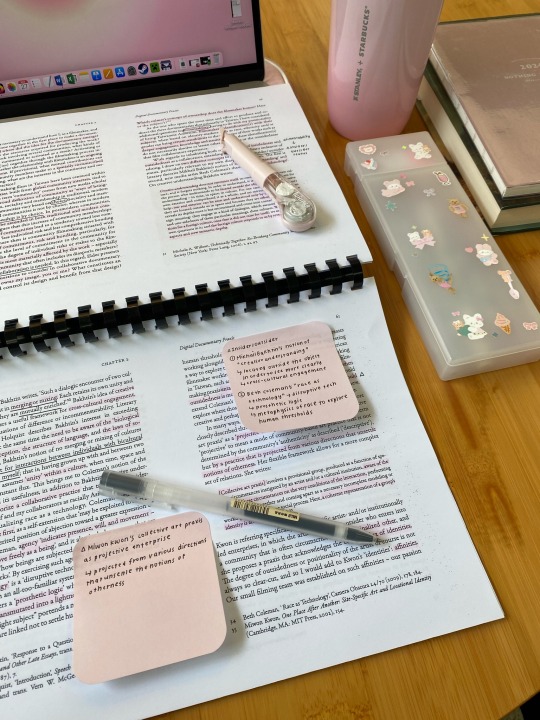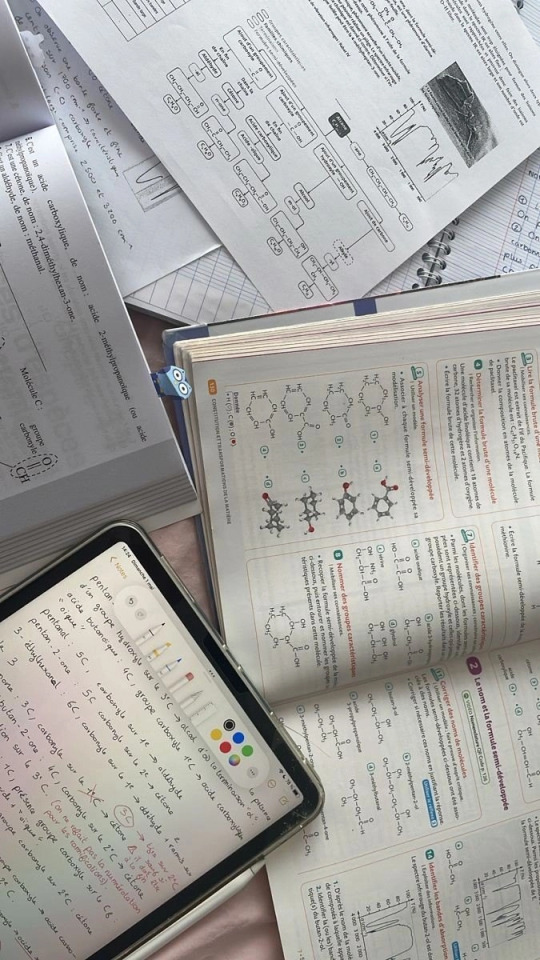Text


new reading corner 💛🤍🌼🌸
159 notes
·
View notes
Text


early mornings
#gorgeous gorgeous gorgeous#🤎🤎🤍🤍#:)#cosy#aesthetic#pretty#coffee#studyblr aesthetic#mornings#candles#desk space#motivation
2K notes
·
View notes
Text
this is going to be difficult -> i am capable of doing difficult things -> i have done everything prior to this moment -> this difficulty will soon be proof of capability
122K notes
·
View notes
Text


19.03.2024—trying to get back into some study routines
638 notes
·
View notes
Text



september 1, 2023 ✷
good morning 🧚♀️
#mmm#❤️#this again#golden glowing!!#study space#beautiful#studyspo#studyblr#desk space#:)#cosy#coffee#hot chocolate#autumn#winter#spring#studyblr aesthetic#goals
716 notes
·
View notes
Text

snoopy of the day
1K notes
·
View notes
Text

152K notes
·
View notes
Text



The truth is out there.
18K notes
·
View notes
Text

I’m rooting for everyone in the study-centric community~
#❤️❤️#good vibes!#:-)#i miss uni 🥲 I miss learning about theory#studyblr#notes#studyblr aesthetic#calm#goals#stationery
925 notes
·
View notes
Text



Blooming Spring
So many things went wrong making this spread and I'm not entirely happy with it. The corner decos don't go well with the layout. The lettering is too chunky for this layout too. I missed up the writing of "this week" and "next week" to the point that I had to cover up the first "next week" with washi tape and then I messed up writing it again.
Send help.
42 notes
·
View notes
Text
Since I just finished my bachelor thesis and have all this -for now- unnecessary knowledge swirling around in my head, I let it out here, in case anyone can find it useful.
I present: the biggest (formating & general) rules in thesis writing (as proposed by my German professor):
1. Per page: at least 2 maximum 4 paragraphs. Professors don't like to have one huge block of text for more than half a page. They will be less likely to want to read your paper.
2. Figures and Images: put them in the text where they are spoken about, don't just refer to them being in the appendix. It disrupts the reading flow and no professor likes to shuffle back and forth in a paper multiple times. Also, images and figures should be centralised on a page, seem coherent with each other in their entirety (especially if you created them yourself, use one colour and design pallette if possible) and be named correctly. Additionally, ich you use more than 3 or 4 images/figures, have a table of tables/figures in the front of your paper after table of contents.
3. Use figures and Images - be visual, make your thesis as easy as possible to understand. No one likes to read something and have his brain in knots the whole time.
4. Use times new Roman (or Arial) in size 12, 1.5
5. Recap: If your paper is really long, we're talking about 45 pages plus and you are talking about something from chapter 2 in chapter 7, briefly (!) recap it for ease of understanding and to reinforce your red string (roter Faden).
6. Subtitles: rather have too many than too few subtitles, they make it easier to navigate the paper and help you keep track of the smaller sections (they can also help in the writing process as too not lose focus of what you are doing).
7. Limitations and future research: at the end of your paper, after the discussion and before the conclusion, you have to name limitations. If you think you had none, look again. NO paper, none at all has no limitations. If you can think only of a few, you can also add them in one or two sentences to the conclusion, but it's better to have a separate part. For theses or papers in general, common limitations are time constraint, limited access to data, limited know-how, etc. After limitations, you can have another small chapter called "future research", here you can put all the ideas that you had during writing, which are in relation to your main topics. Maybe you would have liked to research more into a specific area, or you were missing key information somewhere. In future research you can put all the ideas you would like to see researched in the future.
8. Page numbers: i hope you were clever and formatted your document with page numbers, titles and subtitles before even starting to write (if you weren't, like me), it's not horrible, but it can be slightly annoying. Don't try to do it by yourself if your not sure. Just don't. You will probably get frustrated and your stress levels will rise even more. Just Google "how to multiple kinds of page numbers Microsoft word" and follow the instructions exactly. This saves you time and nerves. Usually in theses, you use Greek page numbers (I,II,III,IV,V,VI,...) For table of contents until the introduction, and then continue with them as soon as your bibliography starts. For the part in between (introduction until conclusion) you use Roman (?) numbers (1,2,3,...).
9. Titles: if you use 1. 1.2 1.2.1 etc., make sure that it is necessary to use things like 4.5.5.1.1. A rule of thumb is, if you can't say 2 (i.e. 4.5.5.1.1 but not 4.5.5.1.2) than you don't need to say 4.5.5.1.1 at all but put that part unter 4.5.5.1. Of course, this rule does not work all the time, but I like to check the necessity of my structure in this way.
10. Plan more days: When you are nearly done with your writing process, many of us estimate 1 day for formatting and 1 for proof reading. This is, was and never will be enough. Especially not if you are a perfectionist. Plan at least 1 week for formatting and proofreading. Honestly I would recommend 10 days. Because after writing a huge paper like this you are bound to be exhausted and will crash some days. Also, it is good to take 1-2 days of distance from your work to have a fresh point of view. If I would write a bachelor thesis again, I honestly would calculate 2 weeks for formatting and proofreading. If you have to "fix" your sources, definitely take 10 days. You will take 2 days for sources, if you have to find additional ones, or check them.
11. Last but not least: if possible, register your bachelor thesis (i.e. in Germany that is the point when you officially start your writing period (usually around 9-12 weeks) as late as possible. Do as much research, etc. before this time starts. I won't say write at least half of your thesis before you start this period and have all your questionnaires/interviews/or whatever research type you use ready to go. I won't say that, but well... Just, 9 weeks is nothing. Honestly, think about the 2 weeks towards proofreading, sources and formatting (+trying to get calm after being stressed continuously for 7 weeks (I was)). Just, if you think now is the time to register, wait another two weeks.
That's all for now, I know I will use this again for my master thesis, so I will leave this here for now. I hope it helps some of you too.🤗
640 notes
·
View notes
Photo

scientist voice: today i will be a dick to this cricket
#this is SO important and so amazingly interesting too#biology#epigenetics#humans#animals#psychology#cool#trauma#science
148K notes
·
View notes
Text
50K notes
·
View notes
Text
technically we’re ALL, always LARPing, because the Self is only a construct,
666K notes
·
View notes
Text


[research life]
Spending the day reviewing my readings + finishing my assignments for the next week 🫶🏻🩷 Very productive but tiring! 🤞🏻🍰
1K notes
·
View notes
Text


sitting at the little table by the kitchen window, sipping tea & writing
#waa this is so lovely#❤️❤️#small flat love 🥹❤️#interior design#studyblr aesthetic#goals#cosy#calm#tea#writing#:)#motivation
4K notes
·
View notes




